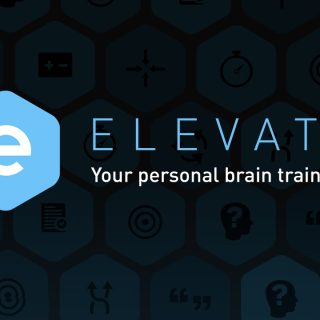EdTech: Transforming Education in the Digital Age
Introduction
In an era dominated by technology, Educational Technology (EdTech) stands as the cornerstone of educational innovation. EdTech has emerged as a dynamic force reshaping the educational landscape, offering a multitude of solutions that cater to diverse learning needs. This in-depth exploration delves into the multifaceted impact of EdTech, examining its influence on student engagement, teacher effectiveness, and the evolution of educational methodologies.
1. Customized Learning Paths
EdTech platforms leverage artificial intelligence to create personalized learning experiences. Through adaptive algorithms, these platforms assess individual student progress and tailor content to suit their pace and understanding. This customization ensures that each student receives a targeted education, addressing their specific strengths and weaknesses, thereby maximizing learning outcomes.

2. Interactive and Gamified Learning
Interactive simulations and gamified learning applications make education immersive and enjoyable. EdTech integrates game elements into educational activities, fostering a sense of competition and achievement. Gamified learning not only captures students’ attention but also encourages active participation, critical thinking, and problem-solving skills development, creating a holistic learning experience.
3. Collaborative Virtual Classrooms
Virtual classrooms facilitated by EdTech tools transcend geographical boundaries, enabling real-time collaboration among students and teachers. Video conferencing, collaborative document editing, and online discussion forums foster interactive learning environments. Students engage in peer-to-peer learning, group projects, and debates, enhancing their communication skills and teamwork, essential for success in the modern workforce.

4. Data-Driven Decision Making
EdTech platforms collect vast amounts of data regarding student performance, engagement, and learning patterns. Educators can analyze this data to gain valuable insights into students’ strengths and weaknesses. These data-driven insights inform instructional strategies, allowing teachers to provide timely interventions and personalized support. Moreover, schools and districts can use this data to identify trends, allocate resources effectively, and improve overall educational outcomes.
5. Professional Development and Teacher Training
EdTech extends beyond the classroom, offering a plethora of resources for professional development. Teachers can access online courses, webinars, and workshops to enhance their teaching skills and stay abreast of the latest educational trends. Furthermore, online communities and forums provide platforms for educators to collaborate, share best practices, and seek advice, fostering a culture of continuous improvement and knowledge exchange.
Conclusion
The integration of EdTech into education represents a paradigm shift, redefining traditional teaching methods and paving the way for a more inclusive, engaging, and effective learning environment. By embracing customized learning paths, interactive and gamified approaches, collaborative virtual classrooms, data-driven decision-making, and professional development opportunities, education is evolving to meet the needs of the digital age. As we continue to explore the boundless possibilities of EdTech, we are not only transforming classrooms but also shaping a future where education is accessible, interactive, and empowering for learners and educators alike. The EdTech revolution is not just a technological advancement; it is a fundamental reimagining of education itself.









